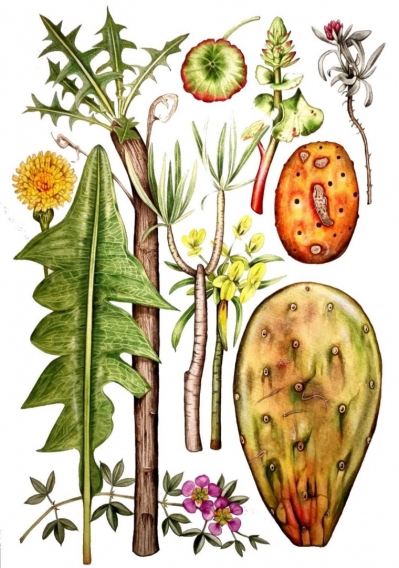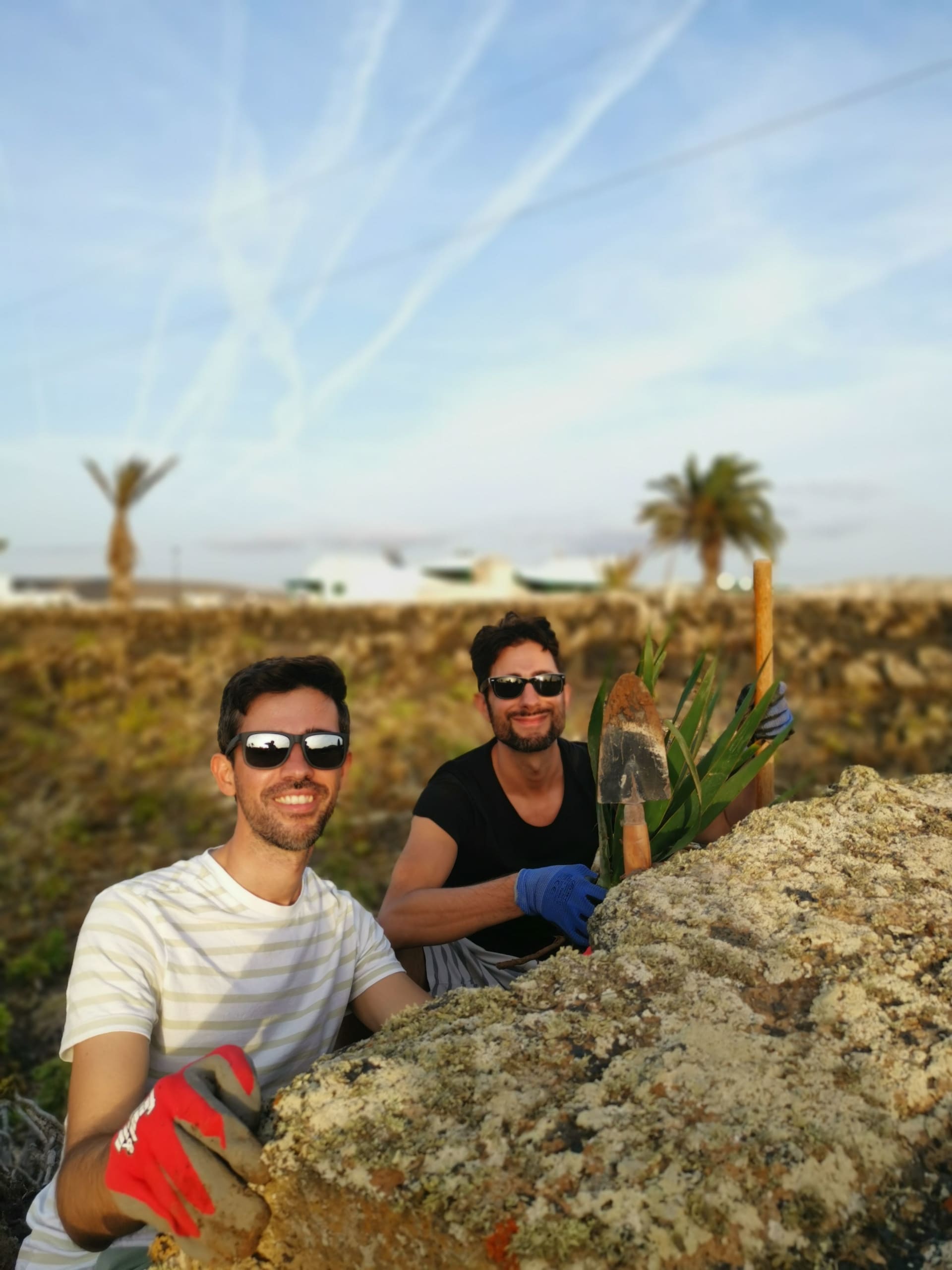The Pandemic put a spotlight on just how important green spaces are for the mental health and wellbeing of the community. For the last couple of years, I have worked with an ecologist called Matías Hernández González on a project that seeks to ‘rewild’ brownfield sites through working with the community. The project is based in the city of Arrecife, Lanzarote, but it is a template that could work anywhere – including Oxford.
The project is all about being outdoors with the community, to create green spaces that require little or no long-term intervention. The plants selected for a particular site are all natives, which are ideal because they provide a refuge for biodiversity, and require little or no intervention or irrigation once they are established. They also reduce street flooding from storms. National administrations in Spain are now appreciating the value of community planting projects, and are dedicating funds to the conservation of biodiversity in cities, for example the ‘Fundación Biodiversidad’.
 On Boxing Day last year, I joined Matías and local residents to plant a derelict brownfield site with his local community. We planted various native species including a dragon tree (Dracaena draco), cardones (Euphorbia canariensis) verodes (Kleinia neriifolia), and tabaibas (Euphorbia balsamifera). I also visited Matías’s nature reserve, Chaboco Natura, which has a mission to engage school students with the importance of ecology and conservation. Here I saw his beautiful nursey of little succulents grown in half plastic pots, strung from the rafters of an old farm building. Matías and I are now working on a future book that will feature my watercolour illustrations of the Canary Island flora.
On Boxing Day last year, I joined Matías and local residents to plant a derelict brownfield site with his local community. We planted various native species including a dragon tree (Dracaena draco), cardones (Euphorbia canariensis) verodes (Kleinia neriifolia), and tabaibas (Euphorbia balsamifera). I also visited Matías’s nature reserve, Chaboco Natura, which has a mission to engage school students with the importance of ecology and conservation. Here I saw his beautiful nursey of little succulents grown in half plastic pots, strung from the rafters of an old farm building. Matías and I are now working on a future book that will feature my watercolour illustrations of the Canary Island flora.
Closer to home, our Education Officers started a campaign last year to plant 400 trees around Oxfordshire in celebration of Oxford Botanic Garden’s 400th anniversary. In 2021, Nienke Abbing partnered with local and national initiatives to reach our goal, including the Community Action Group ‘Harvest@Home’, who received 420 fruit and nut trees from the Woodland Trust. Trees were planted in community gardens and playgrounds in Kidlington, and also given to vulnerable people and families across Oxfordshire to provide ‘food security from the ground up’. Friends of the Botanic Garden and Arboretum, John Brimble and Jenny Atkinson got involved, and planted 100 trees alongside local Tree Warden volunteers at Hinksey Heights Nature Trail.
Looking ahead, we plan to extend our tree planting efforts across the county, linked to our ambitions to create a ‘gateway to nature’ at Harcourt Arboretum. We will be working with the Tree Council to develop initiatives to plant trees where they will have the greatest positive impact for wildlife and people.
Whether it’s native succulents in the Canary Island deserts, or fruit and nut trees in gardens and playgrounds around Oxfordshire, greening up our towns and cities is a great way to create a long-lasting change in the community. If you’d like to get involved with tree planting in the future, please see Oxford Botanic Garden and Arboretum’s website for further information.
Dr Chris Thorogood, Deputy Director and Head of Science at the Oxford Botanic Garden and Arboretum








